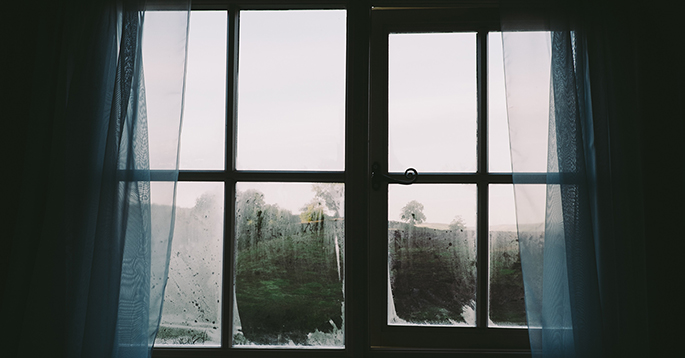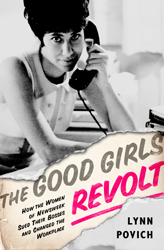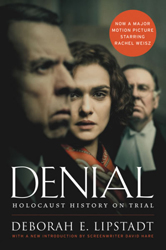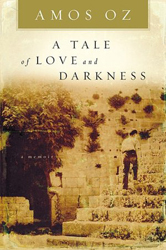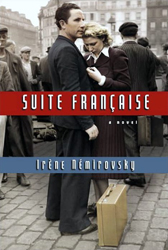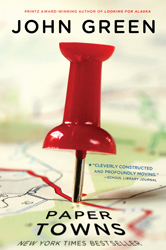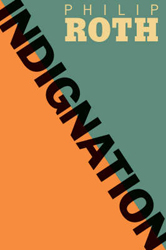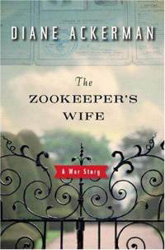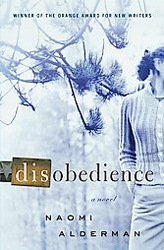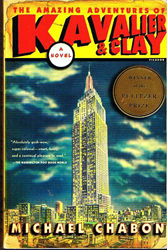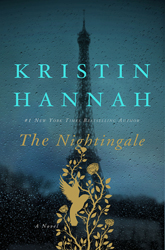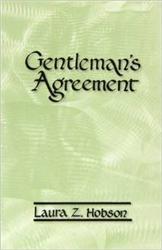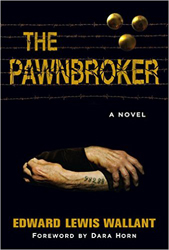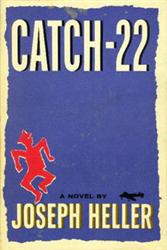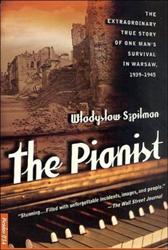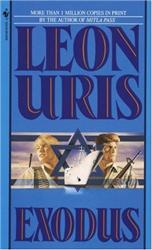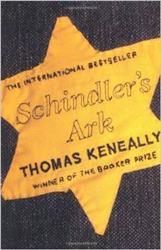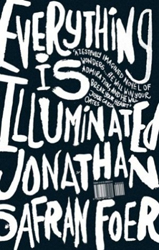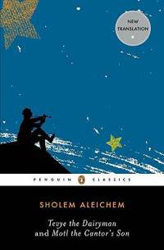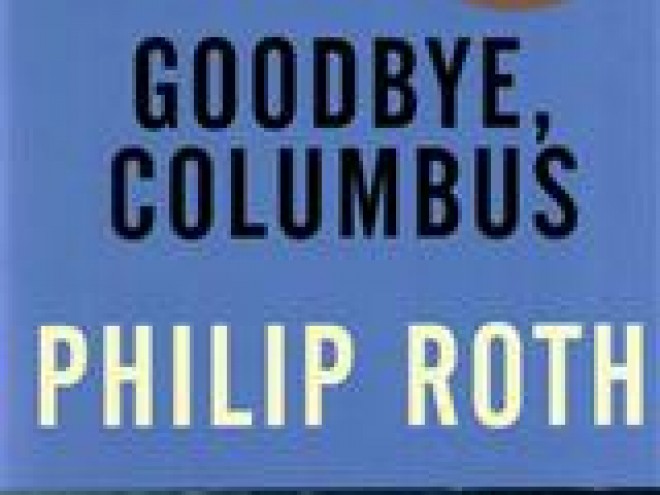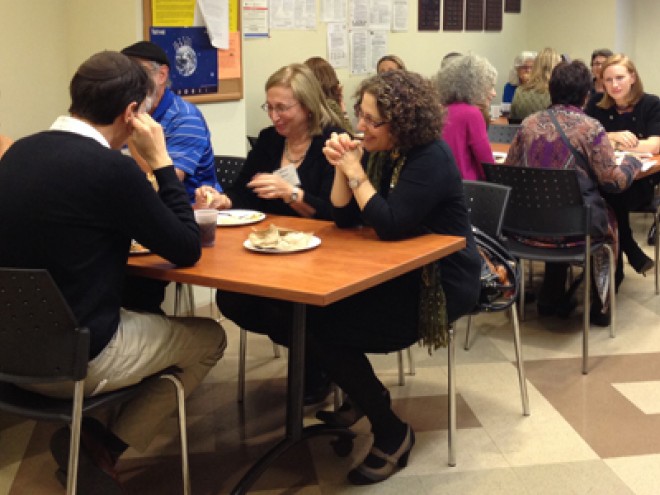Internal Dialogue is a Jewish Book Council blog series on literary trends, ideas, and discussions of interest to Jewish readers and community organizers, curated by the Jewish Book Council editors and staff. Posted by Nat Bernstein.
The new issue of The New Yorker arrived earlier this week, but I’m still holding onto the last one; I loved reading Amanda Petrusich’s retrospective on the “resurgent appeal of Stevie Nicks” in The New Yorker’s November 28, 2016 over Thanksgiving. Writing about the ex-lover muses that inspired Nicks’ second solo record, The Wild Heart, Petrusich mentions that “Nicks frequently cites as a guiding influence for the recording sessions the 1939 film adaptation of Emily Brontë’s Wuthering Heights, which depicts an undying, almost fiendish love. Mostly,” Petrusich connects, “the songs are about bucking against the circumstances that separate us from the people we need.”
A songwriter inspired by a film adaptation of Wuthering Heights—I’ve heard this before.
In January 1978 — half a decade before Stevie Nicks reunited with her ex-lover and Bella Donna producer Jimmy Iovine to put The Wild Heart together — a doe-eyed adolescent crooned her eerie debut through a thick brunette mop of bangs, instantly taking the British music scene by storm. No one knew what to make of Kate Bush, a soft-spoken young woman who blushed shyly through interviews and then walloped the airwaves with her hyper-stylized siren’s call, wailing to Heathcliff at the window in her first released single.
Perhaps it is not surprising that the difficult story of Wuthering Heights speaks so directly to songwriters: the saga of Cathy and Heathcliff is, of course, about the the potency of love and its potential to simultaneously drive and incapacitate those who plunge headlong into its deepest, darkest depths. It’s a story of self-destruction and despair — is there any romance that hasn’t been to some degree beleaguered by both? If music is supposed to express the core experiences and emotions of the human condition, “shouting ‘Cathy’ and banging your head against a tree,” as Helen Fielding would put it, is probably a good starting point for translating the inner turmoil of thwarted or unrequited devotion.
“It was perfect material for a song,” Bush shared in one of her earliest interviews. “It was so passionate and full of impact. And I read the book,” she is quick to add. “Yeah, I read the book before I wrote the song, because I needed to get the mood properly.”
The original inspiration for the song had come many years earlier, when Bush caught the last couple minutes of television miniseries adaptation of Brontë’s masterpiece. She couldn’t have been older than ten years old at the time, but the image of Cathy haunting the windows of Thrushcross Grange captivated Bush, swirling around her imagination for the next decade of her life until she released “Wuthering Heights” in that uncanny voice over the keys of a Grand piano.
What is significant about Kate Bush’s artistic license — and likely Stevie Nicks’s, and many others, for that matter — is not that she was inspired by a work of classic literature: it’s that she was inspired by an adaptation of classic literature, and that it led her to the original source. Like how Beyoncé discovered the work of Bob Fosse from a video mashup of Gwen Verdon and two backup dancers syncopating across ‘60s television set with a DJ Unk rap song replacing the “Mexican Breakfast” jazz, which led her down a choreography rabbit hole and now we have the iconic cultural gem that is “All the Single Ladies”—one of the best videos of all time, according to Kanye West (and pretty much everyone).
Film and tv series adaptations get a bad rap. They are almost never as good as the book, and often fall far short of readers’ expectations. Listen, the “Mexican Breakfast” dance interlude wasn’t exactly Cabaret, either. But even if the copy isn’t accurate or fully representative of the original work, it provides a crucial access point. A young girl read Wuthering Heights after glimpsing a single scene from the book, reimagined on television late one night, and ended up amplifying the story ten years later with the first self-written song by a female artist to hit number one on the British charts — at the same time as one of the biggest names in American music was watching an early film adaptation of the same book on repeat, coaxing out the beginnings of her second solo project. Who knows how many readers first picked up the book after hearing Kate Bush’s song or learning how the story had inspired Stevie Nicks, but the perpetuating exposure isn’t really the point: the point is that in finding literature adapted to a different form, one person traced it back to its source and then produced her own creative expression of that work. However they find the books that take root, we want young readers to engage with literature beyond the act of reading: books are meant to shape how we perceive and inhabit the world around us, and encountering interpretations of great works — even the ones that disappoint — exposes the endless possibilities for making a beloved or newly claimed book truly one’s own and opens up new modes, voices, and media for self-expression and discovery.
When teachers show the movie adaptation of a book in their classrooms, it’s an intentional component of their curriculum: beyond providing a clear image of scenes, concepts, and characters for students who might struggle to piece together such elements in their own imaginations, guided screenings train young viewers to not only analyze the interpretation and creative choices of the filmmaker but furthermore consider how they themselves can re-relate the story and language of the book before them to their own lives, tastes, and artistic outlets. And for those who encounter these adaptations on their own — so much the better! In that spirit, here’s a list of classic and contemporary works of Jewish literature that made it onto the silver screen, the small screen, and now even the screens of the home computer, laptop, tablet, or handheld device — and some to look forward too:
Now Playing
Coming Soon
Critically Acclaimed Classics
Find an extended reading list of books that inspired films here!
Related Content:
- Michal Lemberger: What the Lifetime Adaptation of Anita Diamant’s ‘The Red Tent’ Missed
- Leigh Stein: The Diarist
- M. Elias Keller: The Charitable Side of Jekyll & Hyde
Nat Bernstein is the former Manager of Digital Content & Media, JBC Network Coordinator, and Contributing Editor at the Jewish Book Council and a graduate of Hampshire College.
